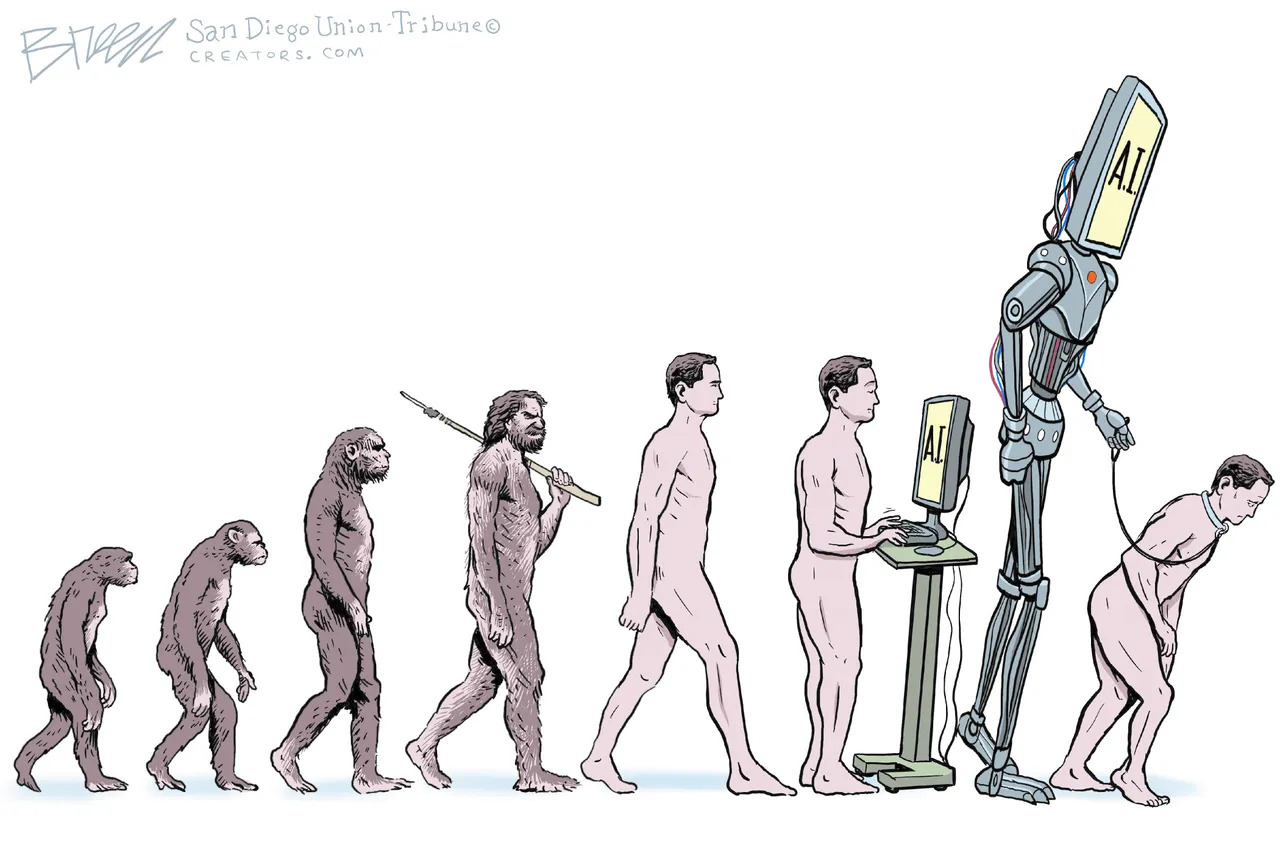“I can’t wait to tell everyone about the mistake I just made”… said no one. Ever. it is just not human nature to be comfortable talking about this.
Making mistakes was “wrong” when I went to school. You put your hand up if you knew the answer, you received a cross if you made a mistake. it was best to pretend you knew and keep quiet rather than risk looking stupid.
Not much changes in a work context either. Most companies behave as though every success was purely by faultless design, like some pre-determined prophetic act by an individual genius made it so. They share internal “win wires” or “success stories” or “winners work” (I made that last one “I can’t wait to tell everyone about the mistake I just made”… said no one. Ever. it is just not human nature to be comfortable talking about this.
The big shame is that so much learning is lost as a result of this persistent culture in the workplace. You can learn a lot from what worked, but my goodness you learn a whole lot more from what didn’t.
So I wanted to find out why we hide our mistakes, and then how to deal with it. This is what I’ve found:
Why We Hide Our Mistakes: A Neuroscience Snapshot
When you realise you’ve made a mistake, your brain’s error detection centre, the anterior cingulate cortex, fires up. Think of it as your internal alarm bell: “Something’s gone wrong!” Immediately after, your amygdala (the celebrity of our brain – the bit that’s always on the lookout for danger) kicks in, ramping up stress hormones like cortisol. You might not be running from a lion/tiger/decepticon, but your brain doesn’t care. Social embarrassment, fear of being judged, or even just looking a bit silly in front of colleagues all registers as a threat.
Our brains evolved when being kicked out of the group meant genuine danger. That instinct to protect ourselves, by hiding mistakes, downplaying errors, or blaming someone else, comes from a deep desire to belong and survive.
Culture Eats Courage for Breakfast
It’s not just about the individual, though. If your company culture treats mistakes as career-limiting events, people’s brains will naturally default to “keep quiet”. It’s self-preservation. The companies that break this cycle are the ones who actively design policies and rituals that make it safe (and maybe eventually even expected) to own up, laugh about it (feels like a stretch I know but I have seen it), and learn.
Here’s How Some of the Best Do It:
Netflix: Radical Candour and the “Sunshine” effect Netflix doesn’t just encourage open feedback they are VERY intentional about it. Live 360° feedback dinners, unfiltered feedback straight to your face (never behind your back), and a culture memo that makes it clear: say what you mean, to the person who needs to hear it. Their infamous “Keeper Test” keeps performance high, but it also shows the risks. Radical candour is a muscle, not a one-off event. Even Netflix stumbles (as seen when some leaders were fired for criticism on Slack), but the core idea remains: feedback is the norm, not the exception. The “Sunshine” effect refers to the practice of openly sharing your mistakes with the whole company (not much publicly written about this but there are some good examples in “No Rules Rules” p155-157).
Spanx: The Power of “Oops” (and a Bit of Humour) Spanx, led by Sara Blakely , has “Oops Meetings” where sharing mistakes isn’t just allowed, it’s expected. There’s laughter, a healthy dose of embarrassment, and a real sense of permission to fail. New hires even have to do stand-up comedy in onboarding (which would absolutely terrify me if that’s true). People stay, customers come back, and nobody’s paralysed by the fear of getting it wrong.
Google: Safety First, Blame Never Google’s Project Aristotle discovered that the best predictor of high-performing teams is psychological safety, which is that deep sense you won’t be punished for being honest or human. Google are great advocates of the “Blameless Post-mortems”, open conversations about what went wrong, and training managers to model vulnerability.
Etsy: Blameless Retrospectives That Stick Etsy pioneered “blameless postmortems”, turning errors into shared learning moments. They even have facilitation guides to help teams unpack what happened without finger-pointing. The questions matter as much as the answers. This isn’t about finding out who messed up, it’s about understanding why, so the team can get stronger together.
Airbnb: Learning Out Loud Airbnb encourages everyone to share failure stories. Even a tiny product tweak (changing a star icon to a heart) was celebrated for the lesson it taught, not just the outcome. New starters are asked to “see the world through the customer’s eyes” and share openly what didn’t work. It’s a culture where stories of mistakes aren’t hidden… they’re shared, dissected, and learned from.
Why This Matters, and How to Bring It to Your Team
All these approaches have one thing in common: they rewire the brain’s default threat response to mistakes. By designing rituals, policies, and leadership behaviours that reward openness rather than punishing it, they help people move from fear to growth.
Want to make this real in your team? Try this:
- Start with leaders. If your managers admit mistakes, others will follow.
- Create rituals. An “Oops of the Month” or regular learning review makes sharing normal, not exceptional.
- Celebrate lessons, not just wins. What did we learn this week? What will we do differently?
- Make it safe to speak up. Listen actively, thank people for their honesty, and model curiosity, not blame.
When people’s brains stop seeing mistakes as threats and start seeing them as normal, you are taking a HUGE step to increasing how much your people learn from one another. It’s also a great move towards a more mature culture of talking honestly with one another. You might notice feedback being shared more openly, or debates around ideas happening.
I’ve seen this shift happen in teams. It’s cool when you start to see it, but you have to be intentional about making it happen. The biggest thing that will ruin this is the reaction from the leader when someone first shares a mistake. You have to really dial up that praise!
If you are interested in learning about what your team culture is like around mistakes then you might find our “Culture Diagnostic Service” useful.
There is lovely little workshop we run for companies who want to normalise asking for help that you might find useful too. It’s really easy, you can run it yourself and I’ve written a guide for you here.up…). Often these are based largely on fiction, or what the company hopes happened. Never let the truth get in the way of a good story…



